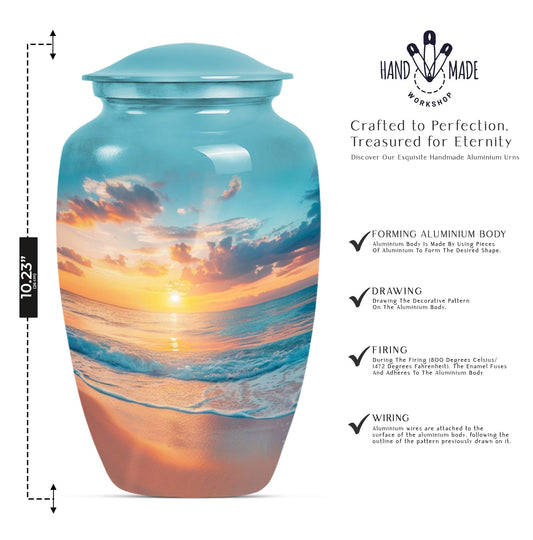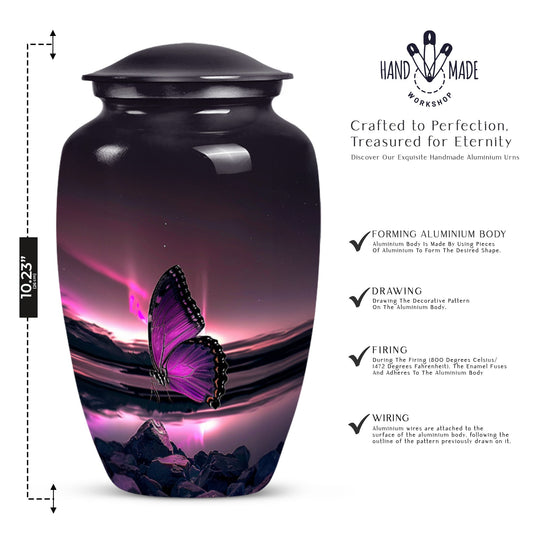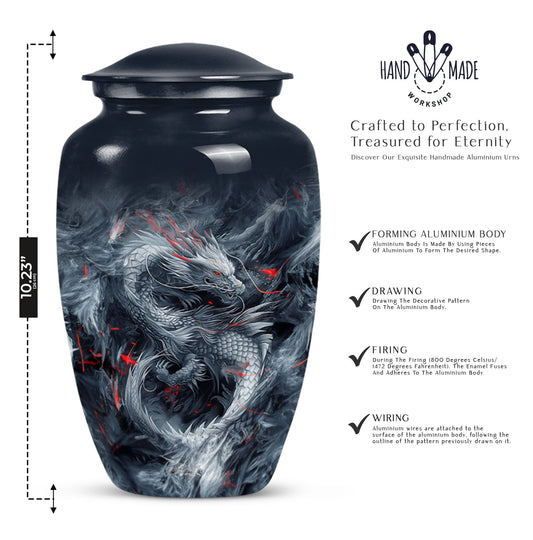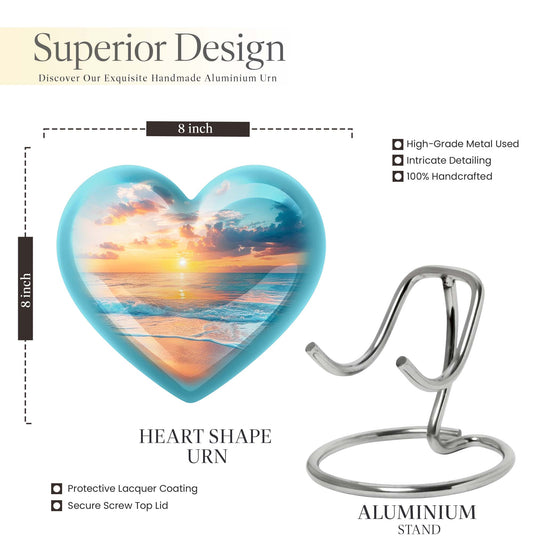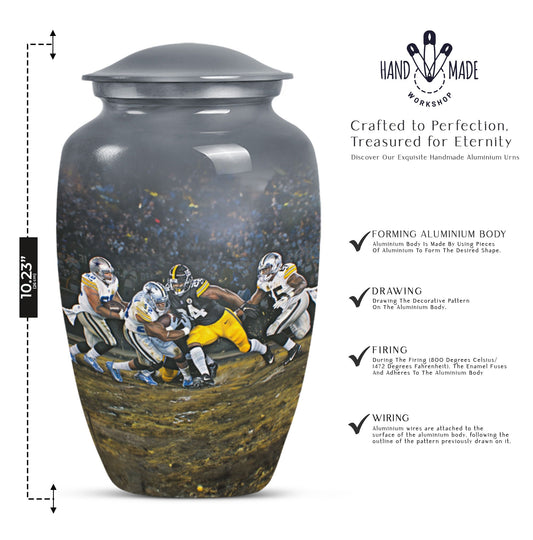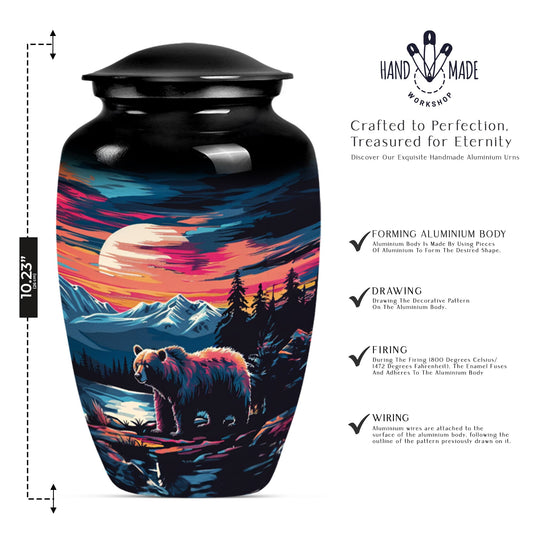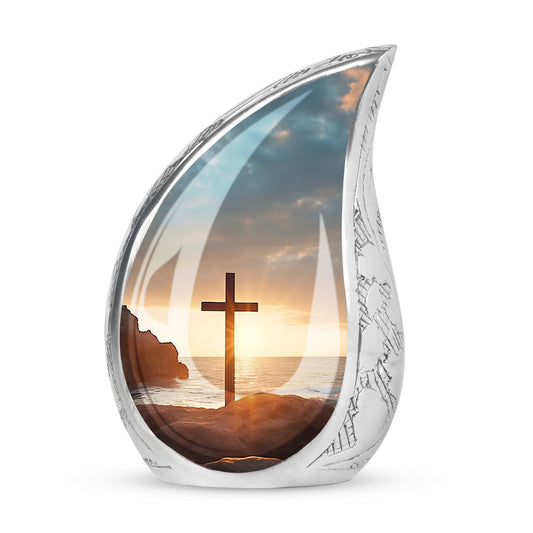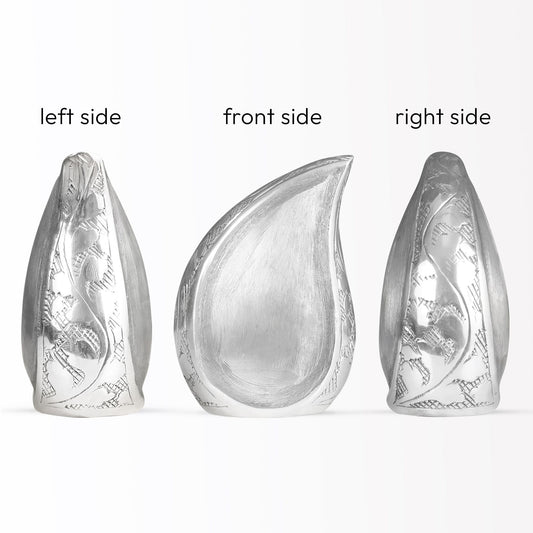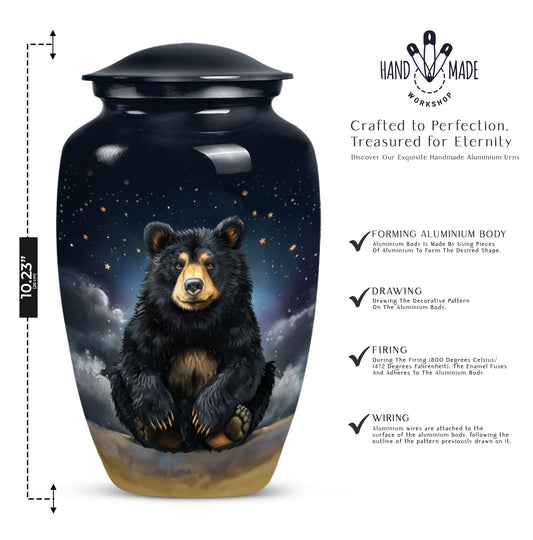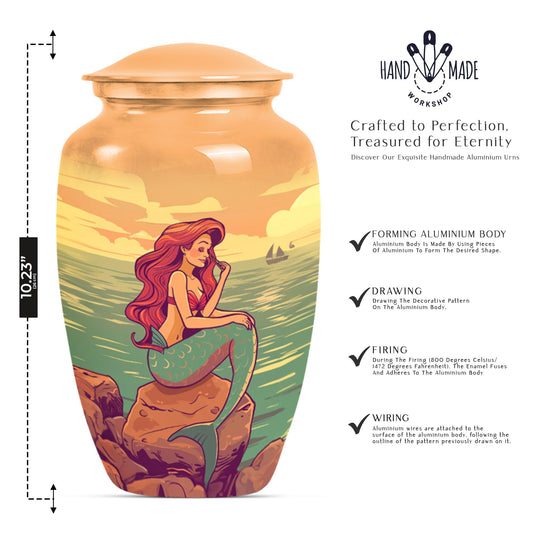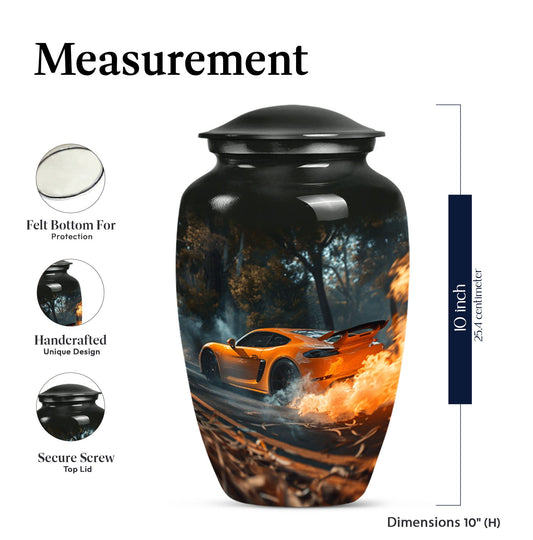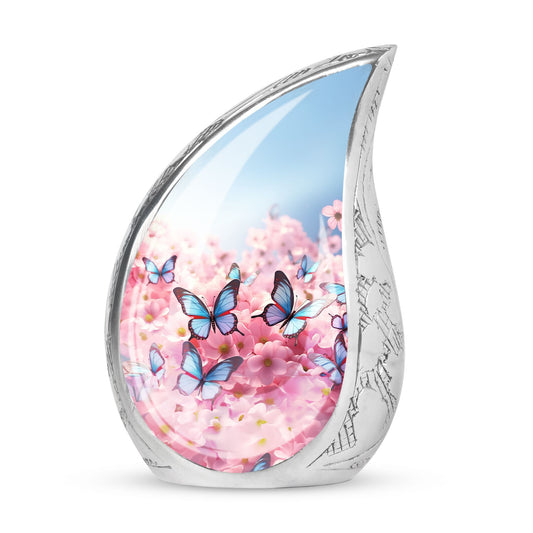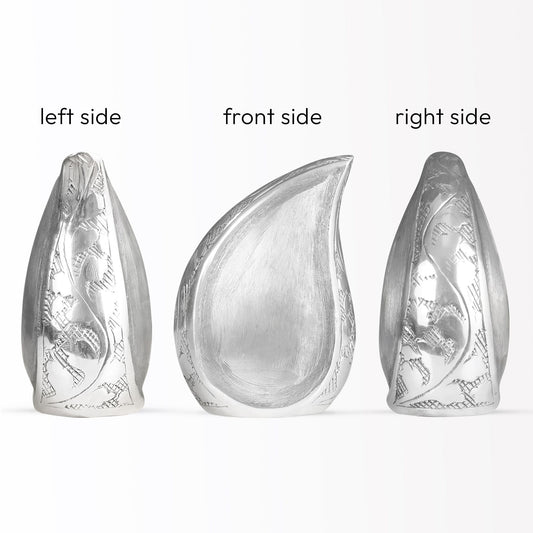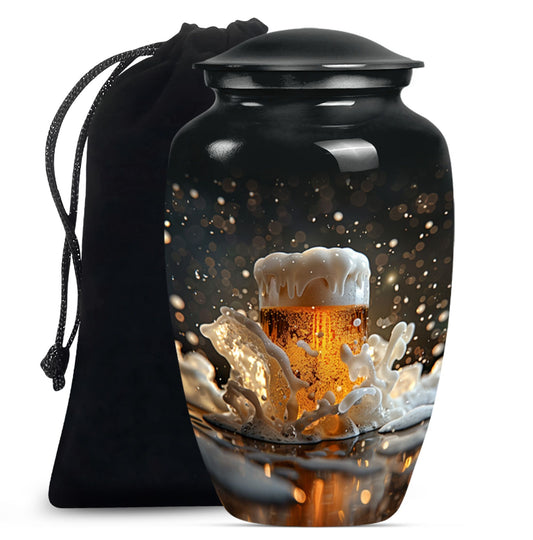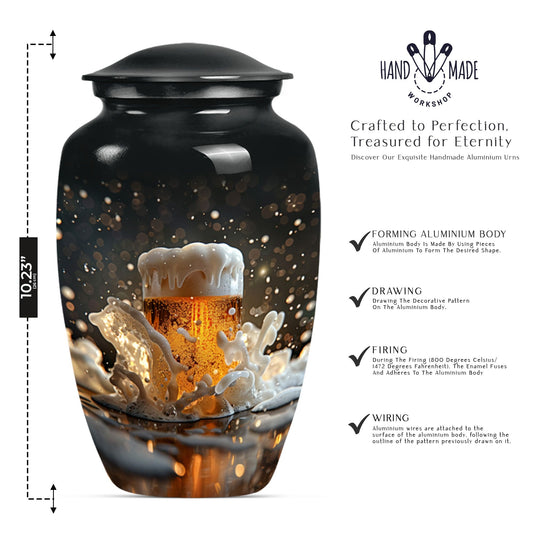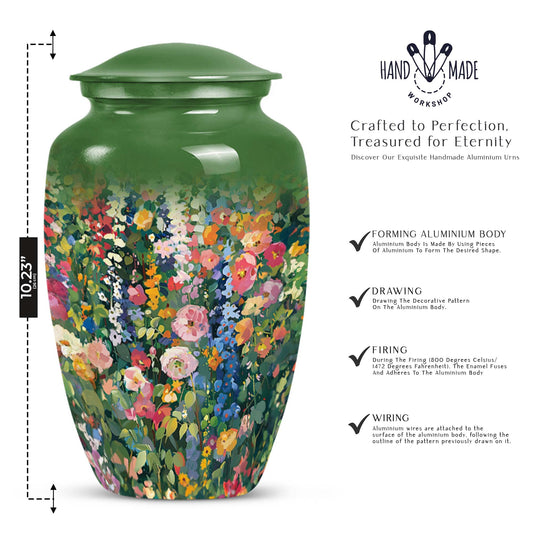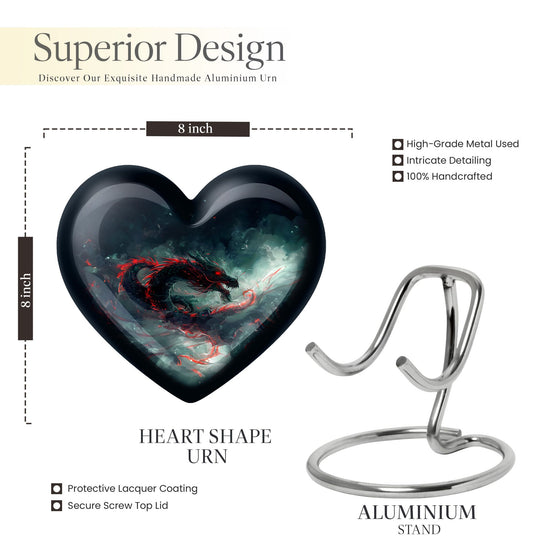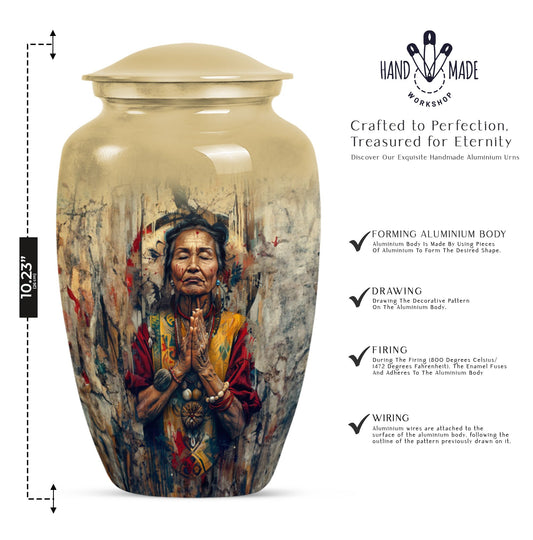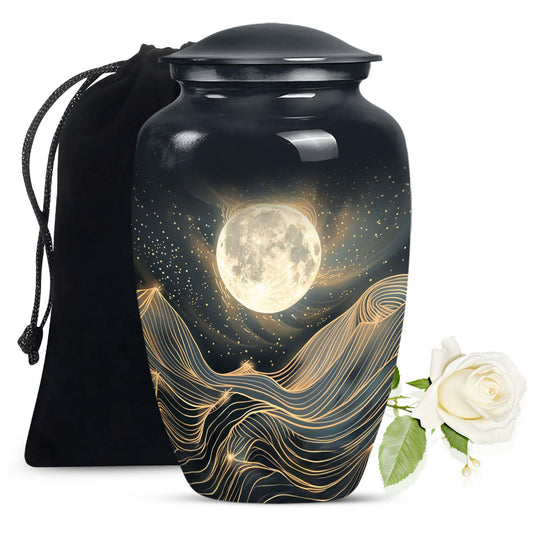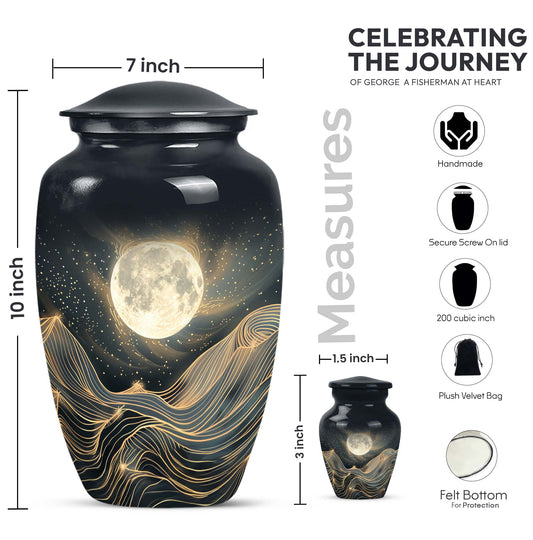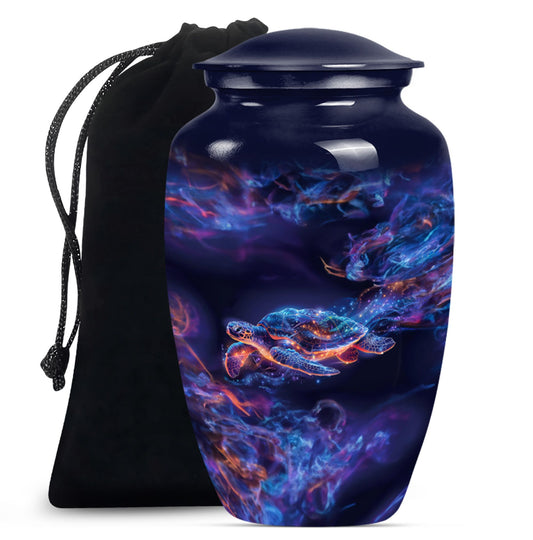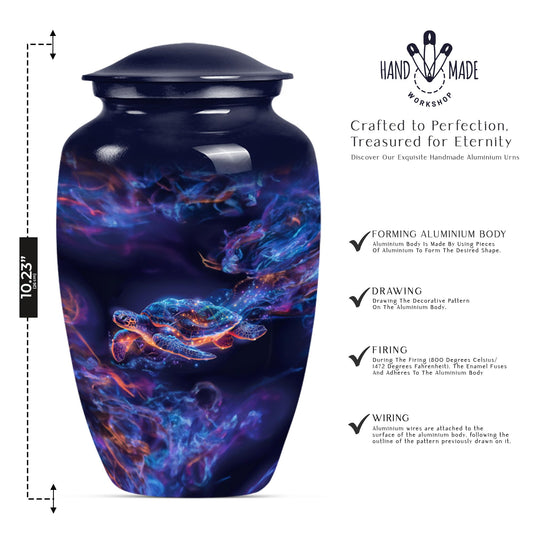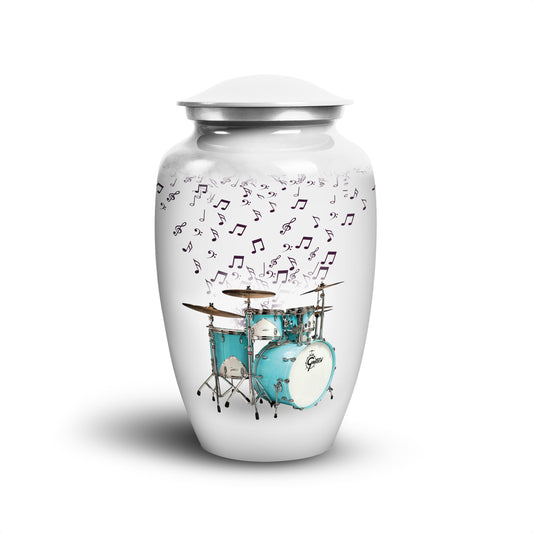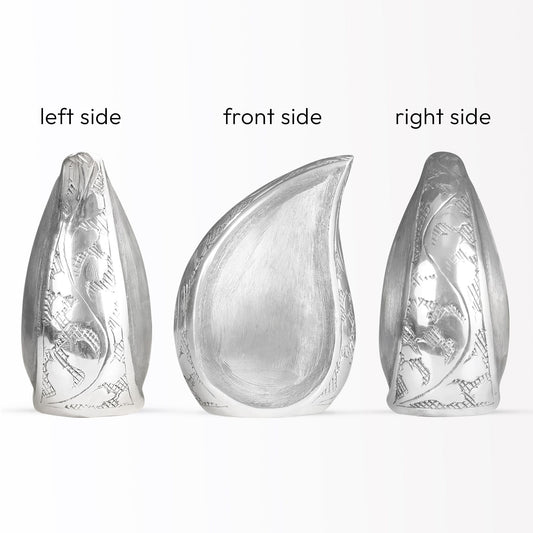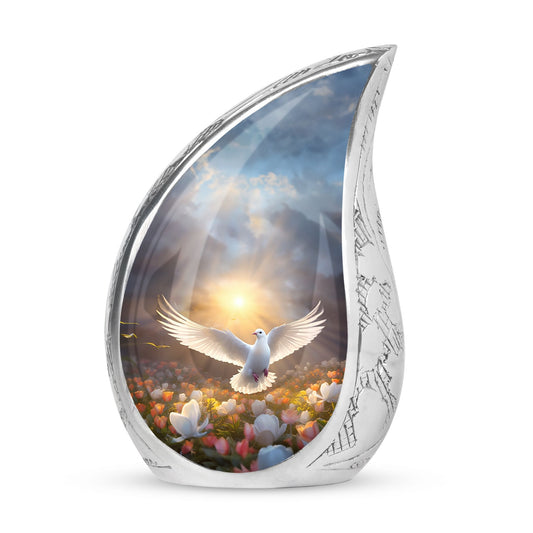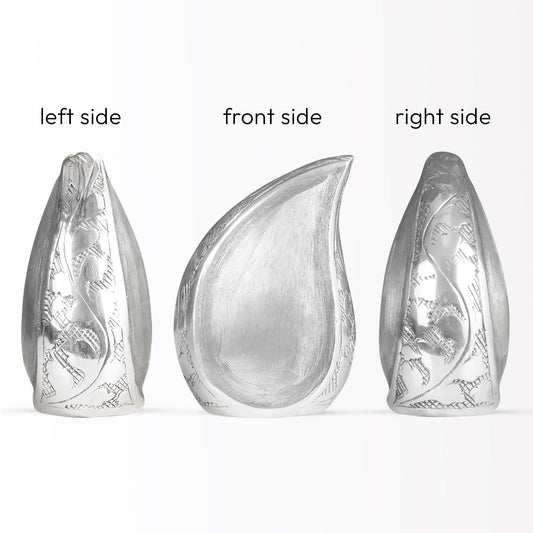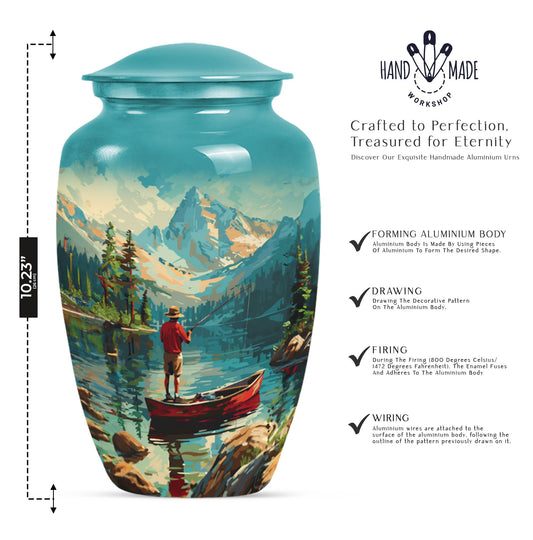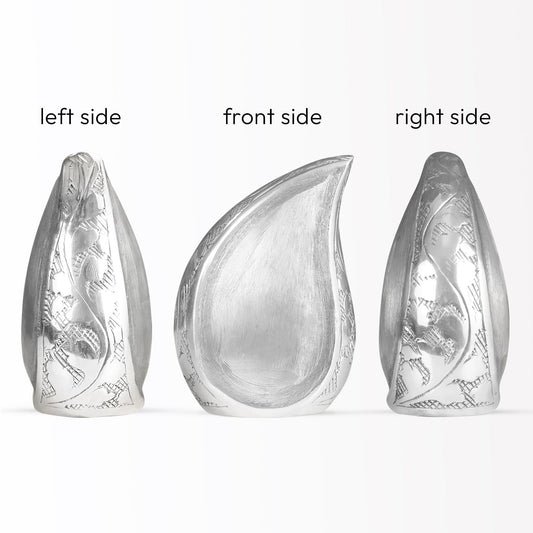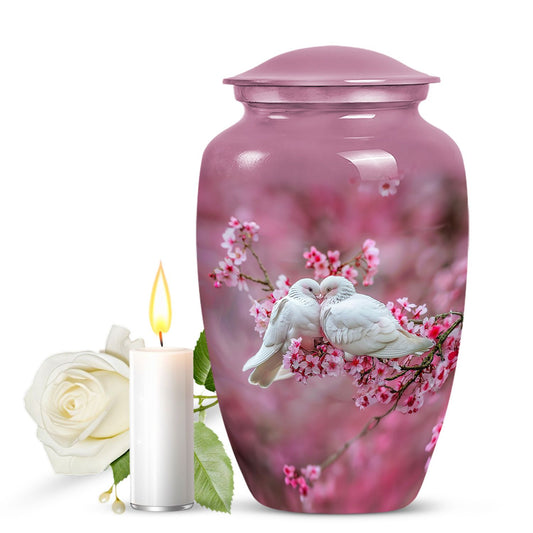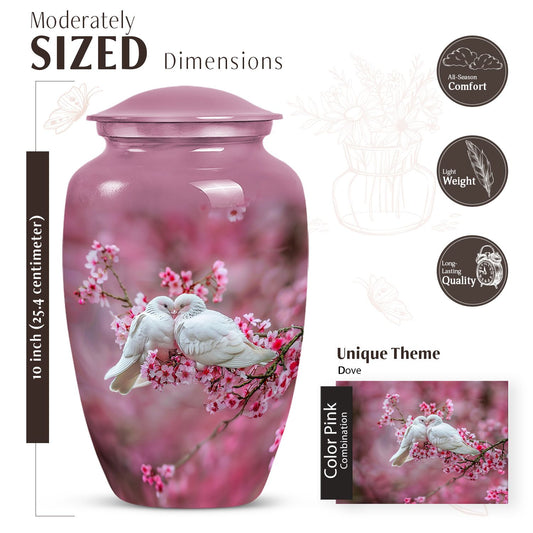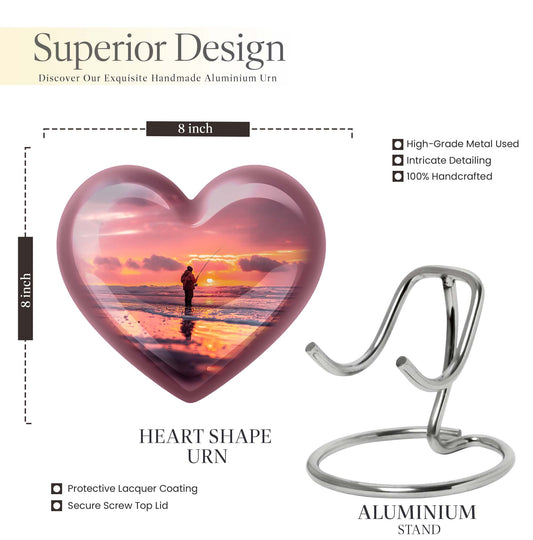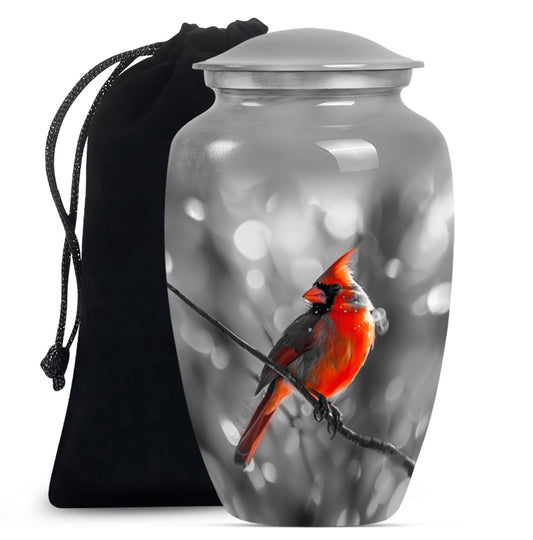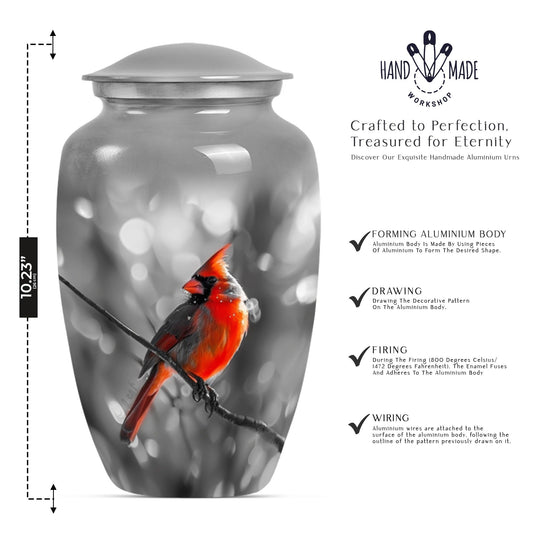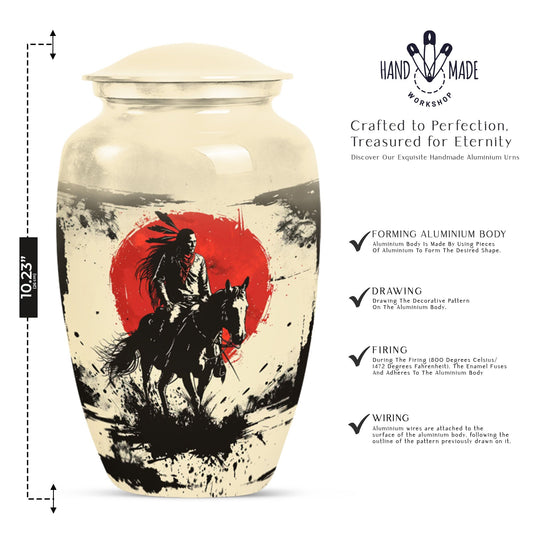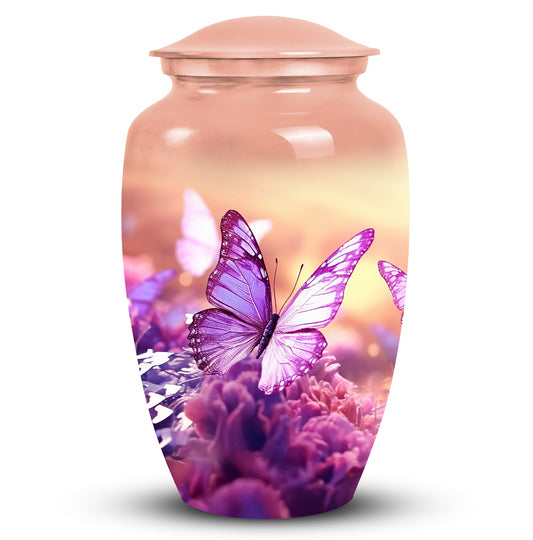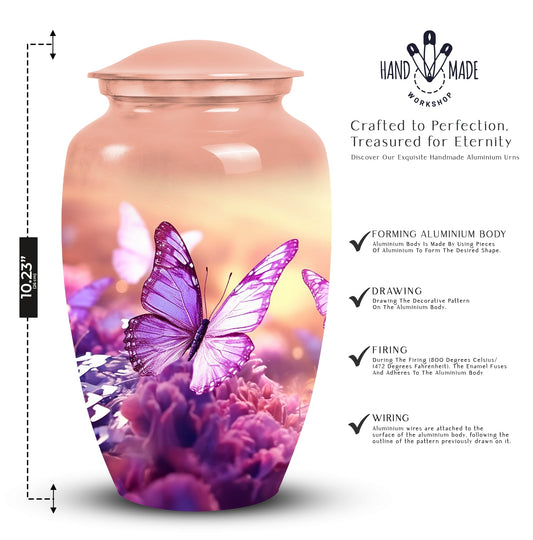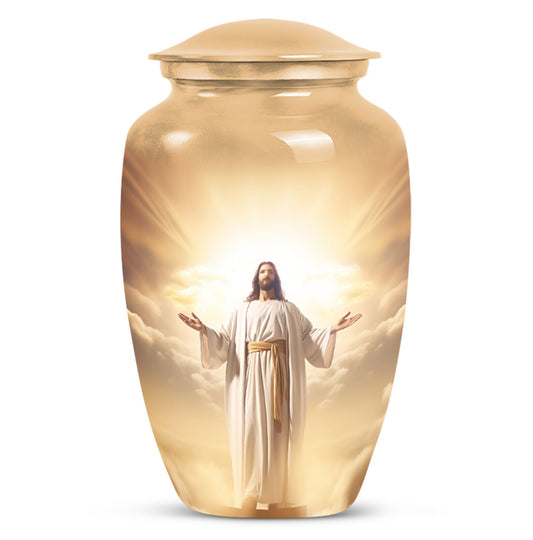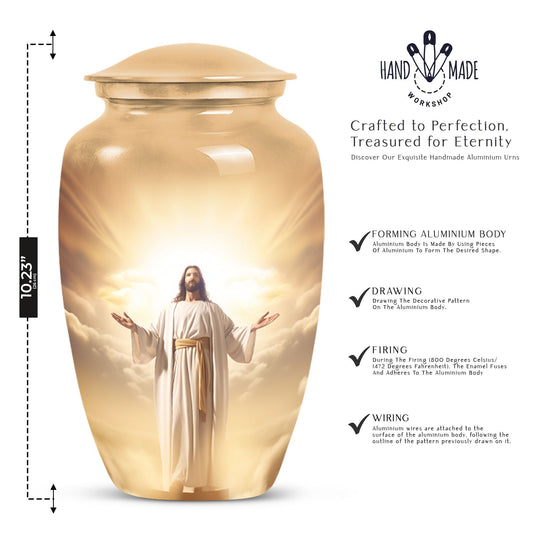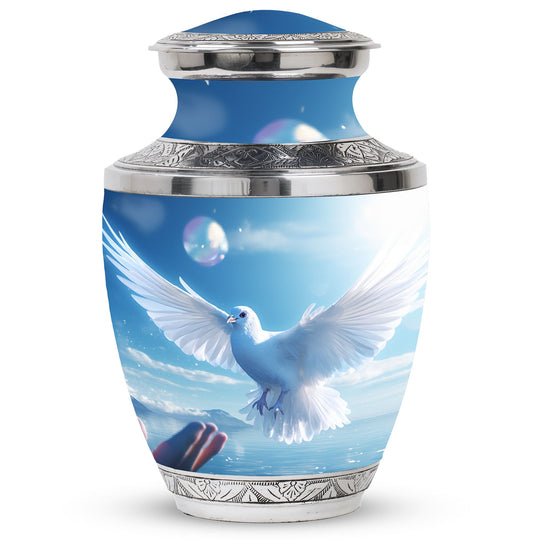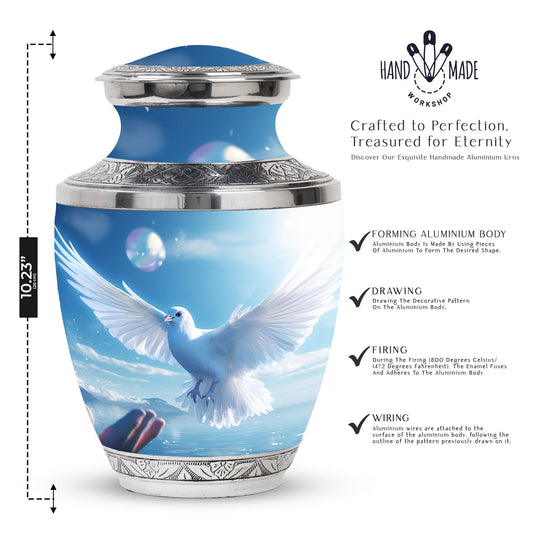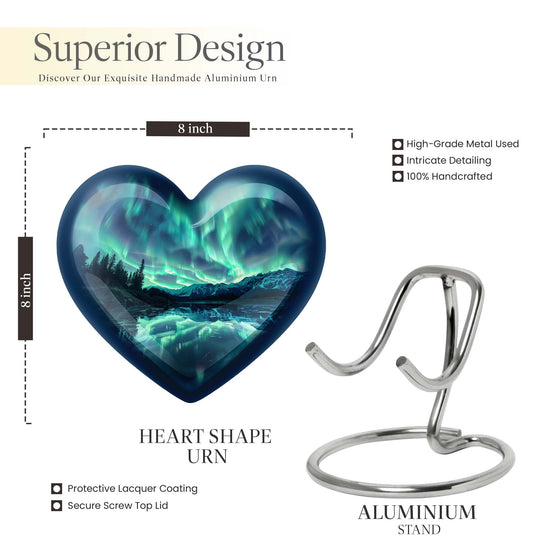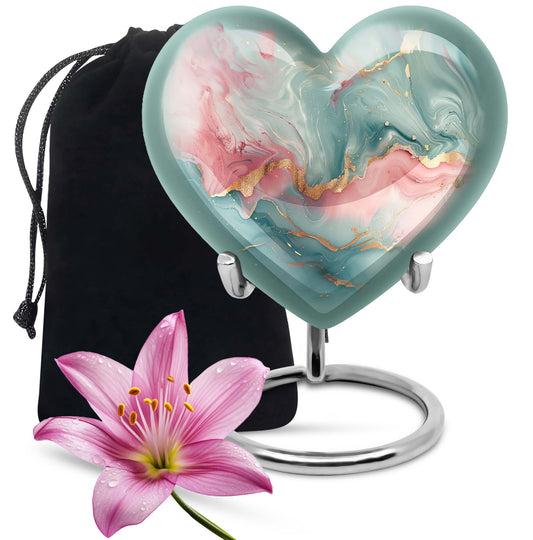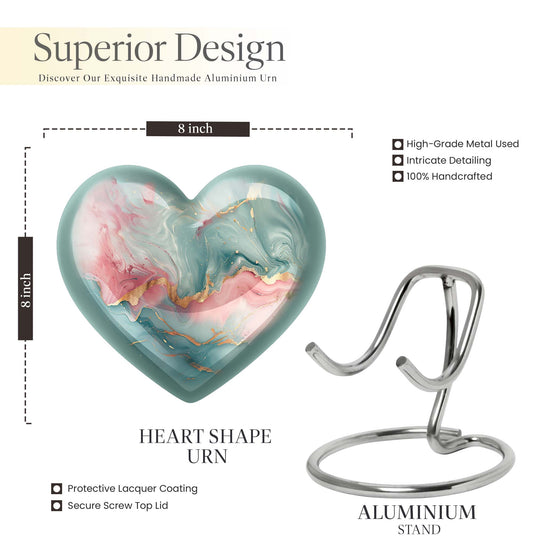Popular Urns
When to Upgrade the Old Cremation Urn of Your Loved One

Cremation urns are not just containers; they are lasting symbols of love, remembrance, and honor for those we have lost. Over time, however, even the finest urns may need attention. Whether due to wear and tear, a change in personal preferences, or the desire to create a fresh memorial, understanding when to replace or upgrade an old cremation urn is a meaningful decision.
In this blog, we will explore key signs that suggest it’s time to upgrade an urn, what to consider during replacement, and answer the most common questions people ask about cremation urns.
Why Replace or Upgrade a Cremation Urn?
1. Physical Wear and Damage
Even high-quality cremation urns made from durable materials like brass, marble, or wood can deteriorate over time, especially if exposed to elements like moisture, heat, or direct sunlight. Scratches, cracks, tarnishing, and discoloration may affect both the appearance and structural integrity of the urn.
If the urn begins to show signs of damage, it’s a clear signal to consider upgrading to a new cremation urn that will better preserve your loved one's ashes.
2. Shifting Aesthetic Preferences
Memorial styles and personal tastes can change. Perhaps your current urn no longer aligns with your home decor, or you want something more personalized. Modern cremation urns now come in countless styles—artistic urns, biodegradable urns, or urns customized with engravings and photos.
Upgrading allows you to create a more fitting tribute, keeping your loved one’s memory alive in a way that resonates with you today.
3. Family Decisions and Shared Remembrance
Sometimes families decide to divide ashes among multiple loved ones. This may require purchasing keepsake urns, miniature urns, or companion urns. Replacing a single large urn with several smaller ones enables broader remembrance among family members.
4. Burial or Scattering Ceremonies
If you're planning a burial of the urn or a scattering ceremony, you may need a different type of urn, such as a biodegradable urn or a burial vault. Traditional urns are not always suited for earth burial or water scattering, making replacement a necessity.
Signs It’s Time to Replace an Old Urn
- Visible cracks or fractures
- Unstable base or loose lid
- Tarnishing or corrosion on metal urns
- Fading or peeling on wood or painted urns
- Plans for a new memorial event (e.g., scattering ashes)
- Desire for personalization (photo urns, engraved urns)
- New home design that no longer suits the old urn's style
Choosing a New Cremation Urn: Important Factors
When selecting a new urn, consider:
- Material: Marble urns, ceramic urns, wooden urns, or eco-friendly urns
- Size: Standard urns for adults, child urns, or pet urns
- Location: Indoor display, outdoor memorial garden, or burial
- Design: Traditional, contemporary, religious, artistic
- Personalization: Custom engravings, color options, symbols
By thinking through these aspects, you can find an urn that both protects and honors your loved one’s ashes for years to come.
FAQs About Cremation Urns
How long do cremation urns last?
Cremation urns can last for decades or even centuries, depending on the material and storage conditions. Metal urns like brass or stainless steel are extremely durable, while ceramic and glass urns may be more delicate. Wooden urns, if kept indoors and protected from moisture, can also last for generations.
To ensure longevity, always store the urn in a dry, temperature-controlled environment.
Is it OK to change urns?
Yes, it is perfectly acceptable to change urns. Many families choose to upgrade or replace urns for various reasons—damage, personalization, or emotional healing. Moving ashes from one urn to another can be a healing process, offering closure and an opportunity to refresh your tribute.
If you're worried about the process, a funeral home or crematorium can assist with the safe transfer of ashes.
Are cremation urns permanently sealed?
Not all cremation urns are permanently sealed.
Some urns come with threaded lids, clasps, or temporary seals, allowing you to open them if necessary. However, urns that are sealed for burial (especially biodegradable urns) are often permanently closed to comply with cemetery regulations.
If you're considering replacing an urn, check first whether it can be opened without damage.
Do urns disintegrate in the ground?
Certain urns are designed to disintegrate in the ground.
Biodegradable urns made from materials like paper, salt, or sand are created specifically for eco-friendly burials and will naturally break down over time.
Traditional urns made from metal, stone, or hardwood are not designed to disintegrate and can remain intact underground for hundreds of years unless exposed to extreme environmental conditions.
How long should you keep an urn?
There is no expiration date for keeping an urn.
Some families keep urns at home for generations, while others choose to inter them in cemeteries or columbarium. How long you keep an urn is a deeply personal choice based on family traditions, emotional readiness, and legal considerations (especially if transporting ashes across states or countries).
Some may feel ready to upgrade or replace the urn after a milestone anniversary, a move, or when creating a family memorial garden.
Final Thoughts
Replacing or upgrading the cremation urn of your loved one is a personal and often emotional decision. Whether it’s due to physical deterioration, a shift in your life’s journey, or a wish to create a new tribute, choosing a new cremation urn can breathe new life into your remembrance.
By considering factors like material, style, and intended purpose, you ensure that your loved one's legacy remains preserved in a meaningful way for generations.
Remember: it’s not just about replacing an object—it’s about renewing the bond and continuing the journey of honoring a life well lived.


